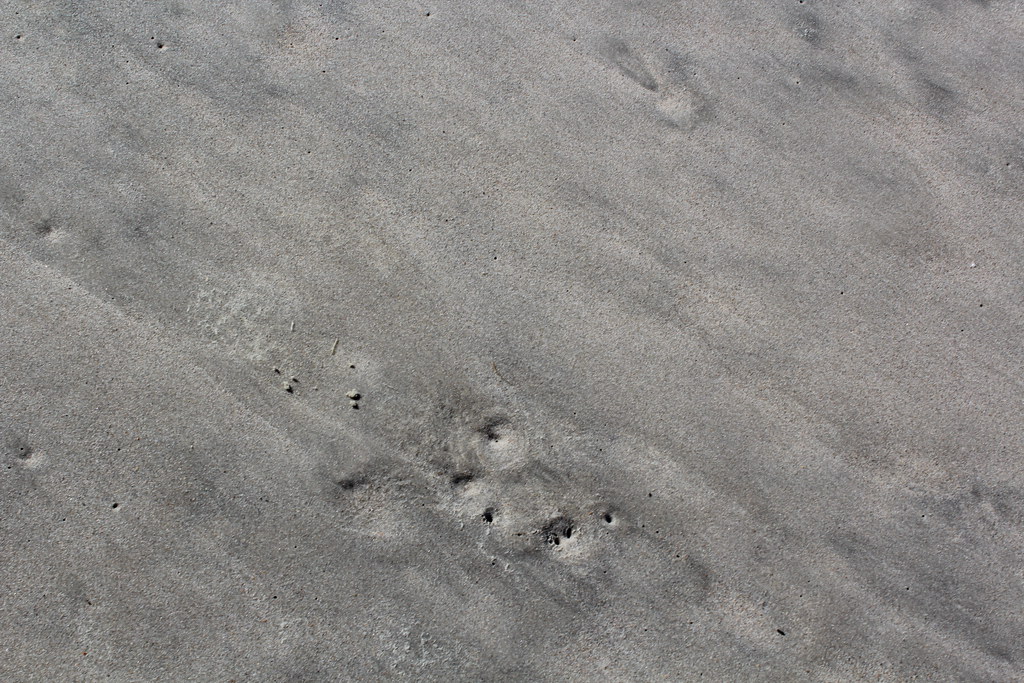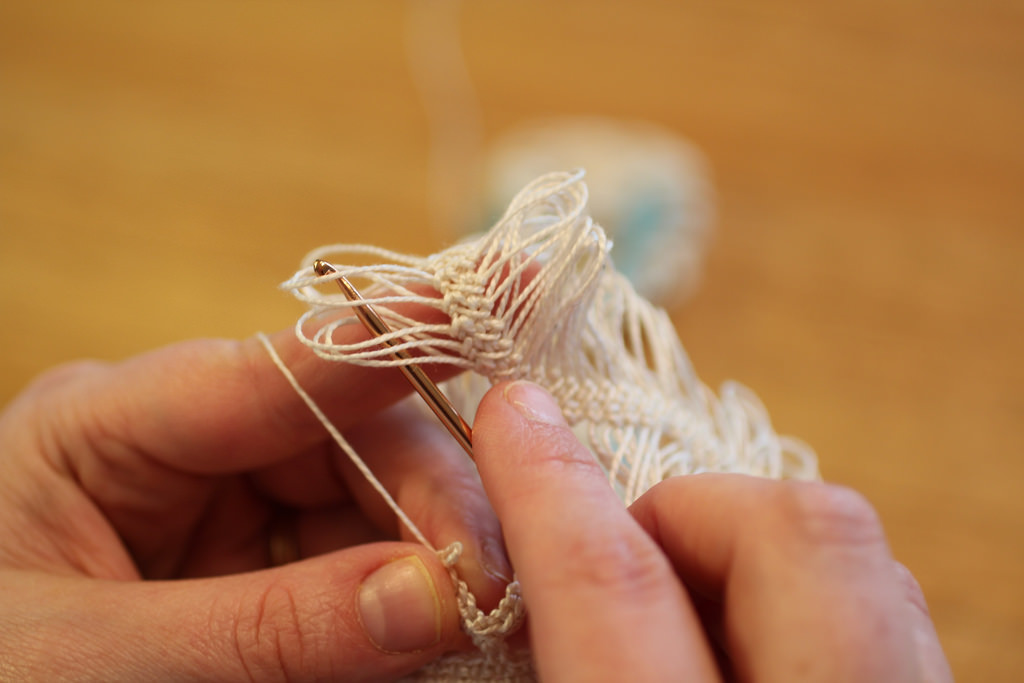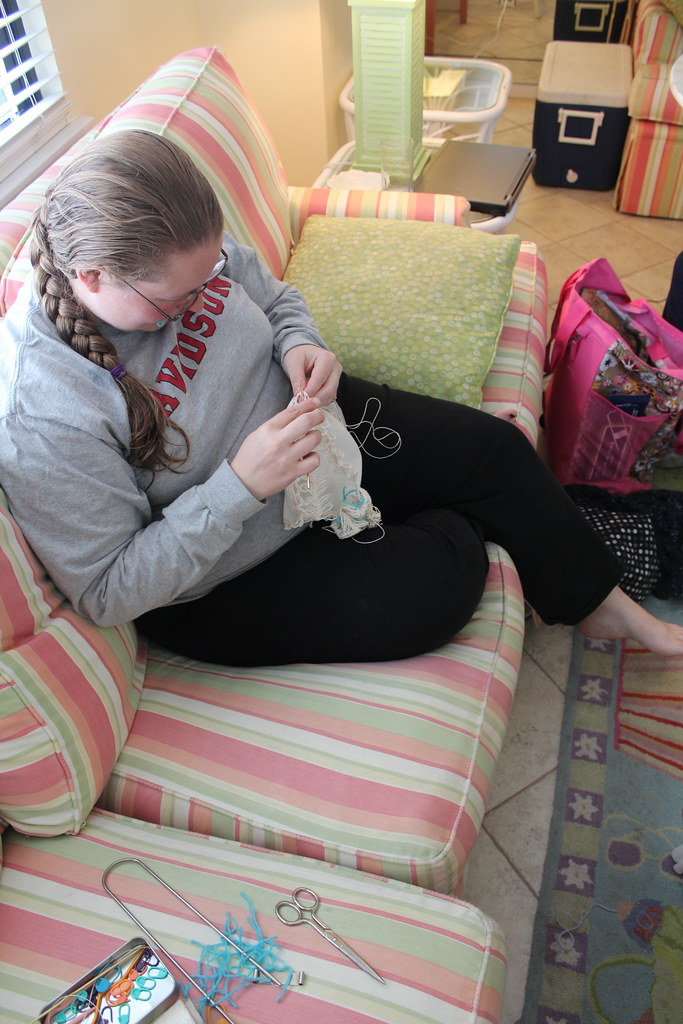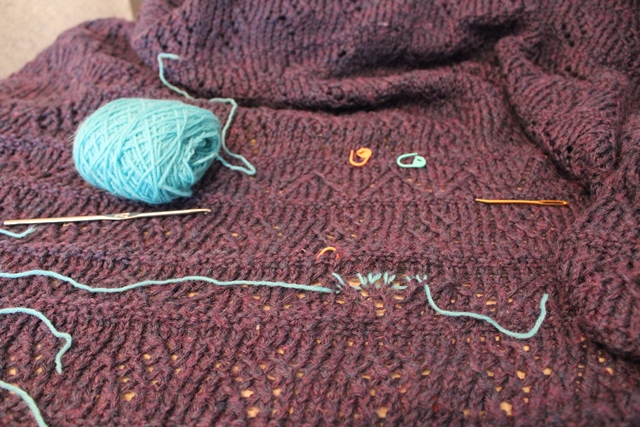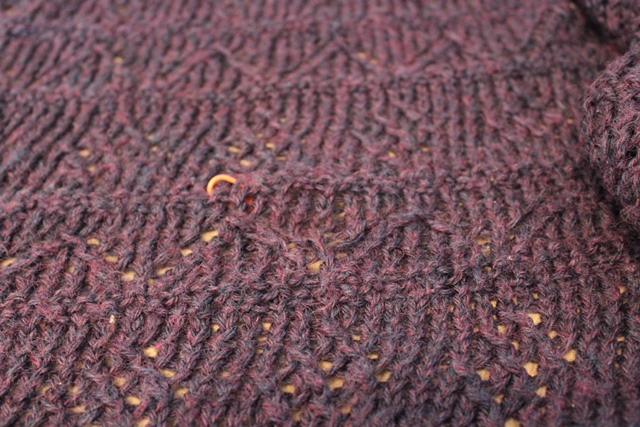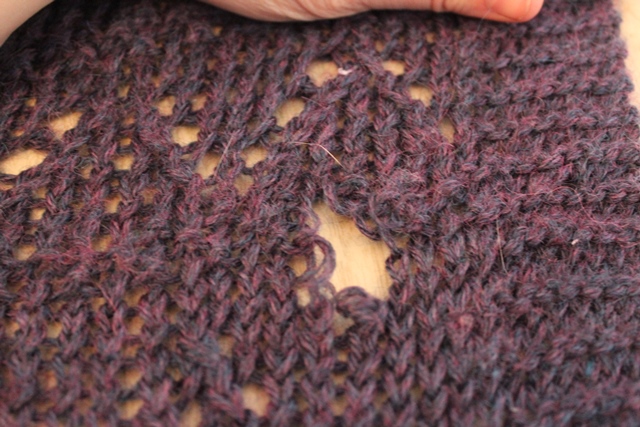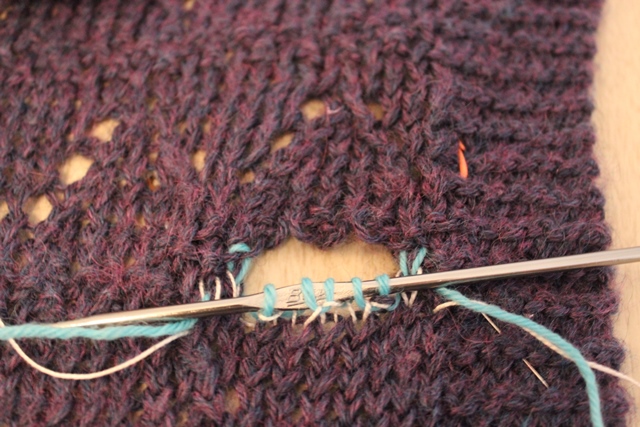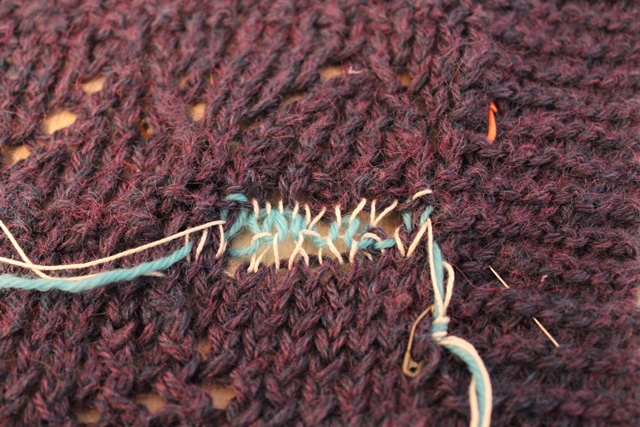If I haven’t already mentioned, Mr. Turtle and I are closing on a house at the end of the month, and we’ve been up to our eyeballs in packing. Have I mentioned how much stuff we have? Because it’s a lot. It seems like everything is in boxes. So it seems to me like the perfect time for an update!
I’ve been working on a design for Spin Off that’s due in a couple of weeks. I’m enjoying having a span of time without a whole bunch of tight deadlines, as it seems like it was one on top of another for a while. This design involves handspun gradient yarn, hairpin lace crochet, and seashells. Being somewhere between a lace and fingering weight yarn, it’s going slow, but I’m certain (certain, I tell you!) the results are going to be amazing. This is one pattern I might make a version for myself. It’s going to be just that stunning – a real marriage of technique and yarn.
Unfortunately, I gotta keep it under wraps, so while there’s pictures, I can’t share (most) of them. Here’s a sneak peek. Shhhh.
Still! I actually have a finished item, made for myself, that I can share. So that’s a good part of the update.
A few weeks ago I got a hankering for a really simple knit. I also was looking for another hat – my original Wurm was getting ratty (though still well-loved), and my secondary Wurm was with the heavy coat. (If you’re looking for a great pattern, Wurm is it – great slouchy, a little interest, folded over brim.) While I had a lightweight hat for indoors, I really needed something DK weight for the lighter weight coat.
And I decided it needed to be a maximum of slouchy – for the hair, of course.
Enter in a skein of Mountain Colors Twizzle that had once been another project, since fogged. Let the yarn shine, I decided.
This is a great hat. I cast on just over 100 stitches in size 3 needles, and knit a folded-over brim that is just slightly too tight, which means it’ll stay on my head just fine. After knitting the brim together, increased every 5th stitch while also going up to a size 5 needle. Twizzle, in my experience, works up right around a DK (I could look up the weight of the yarn, but I’m feeling lazy… EDIT: Apparently it is a worsted. Huh). It was so freeing to work without having to worry about writing a pattern or re-creating the hat, though I could, given a little bit of reverse engineering. Still, there’s plenty of slouchy hats out there, find a pattern for one of them. This one is for me.
This is the hat, unblocked. Ends still need to be woven in, but I’m not worrying about that now. It looks lovely, it’s done, and I’ll be wearing it as soon as the weather warrants it. Details, however scant, up on my Ravelry project page.
I have nearly an entire skein left over of the Twizzle (I had 2, and only just dipped into the new one), and I’ll be sharing later this week my plans for it.
Stay tuned!

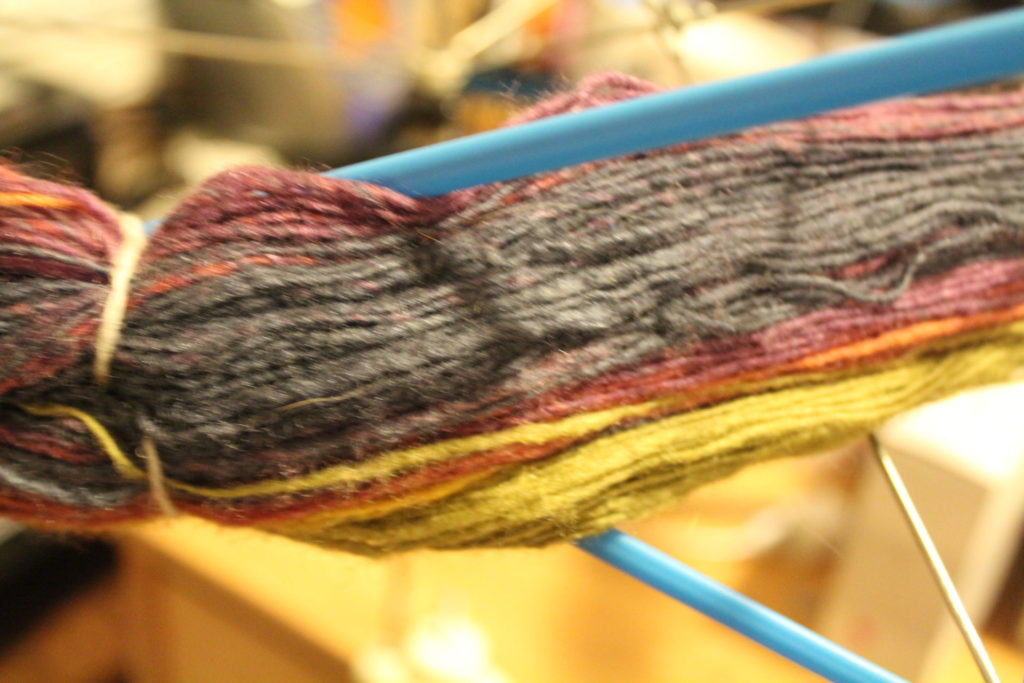
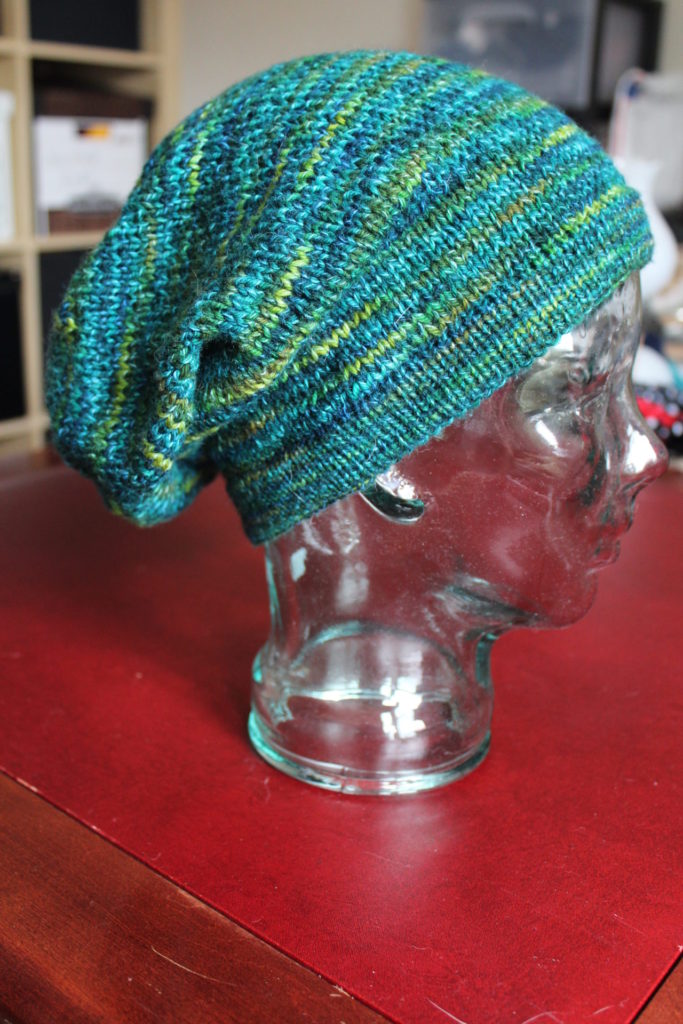

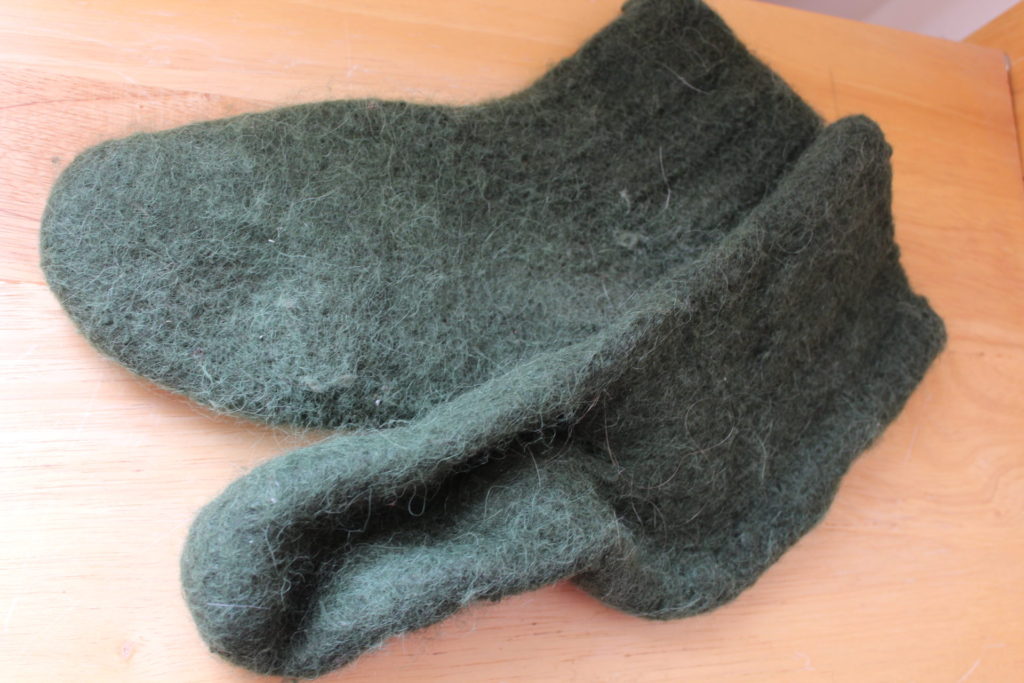
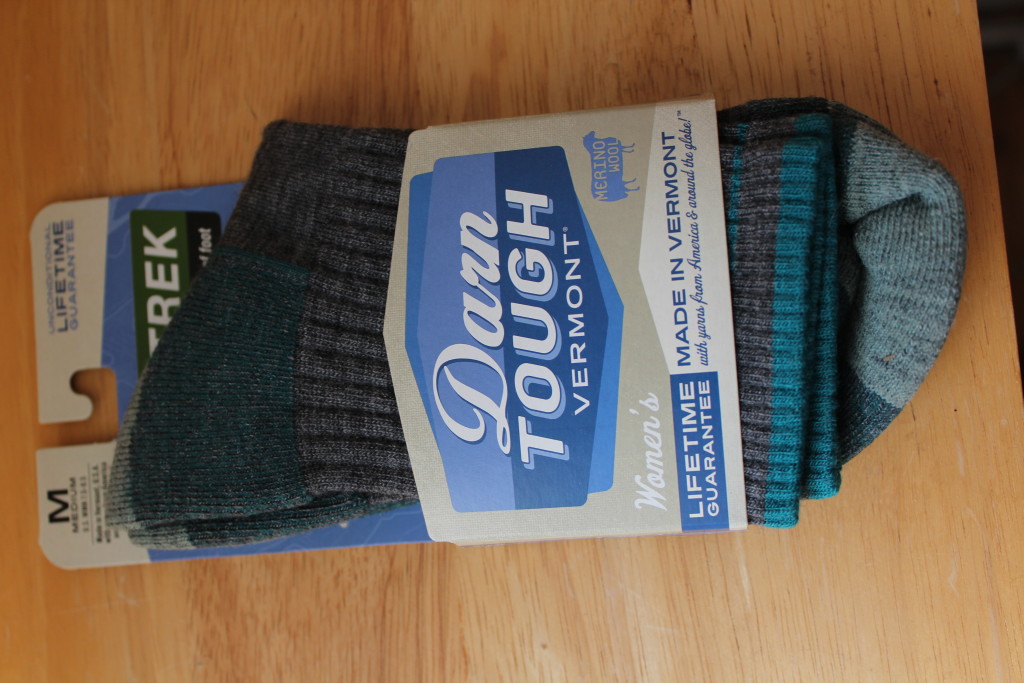
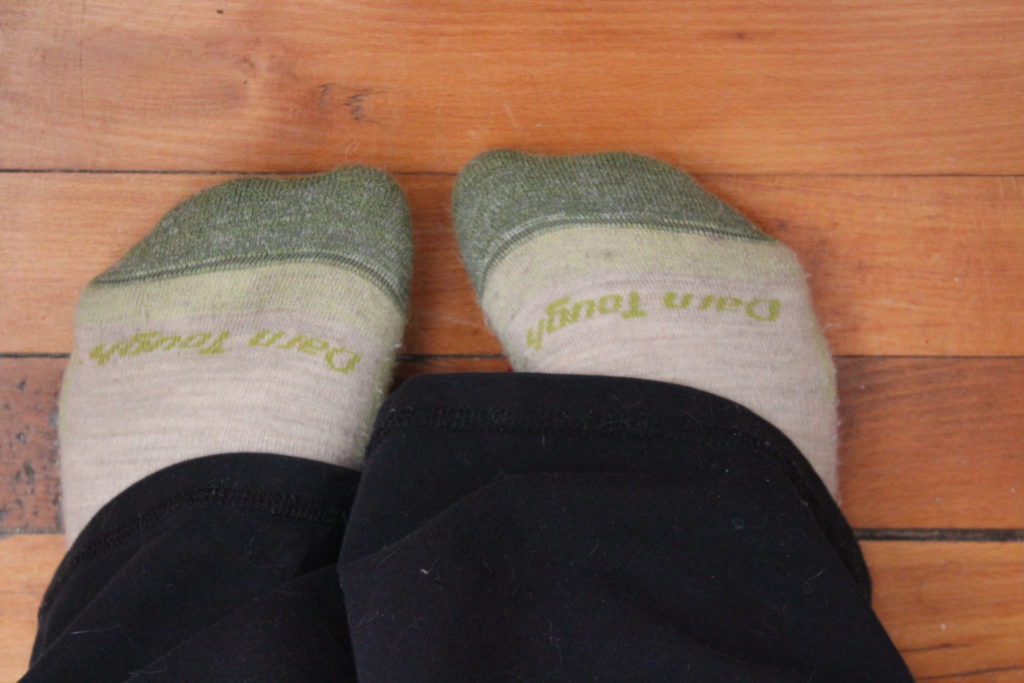
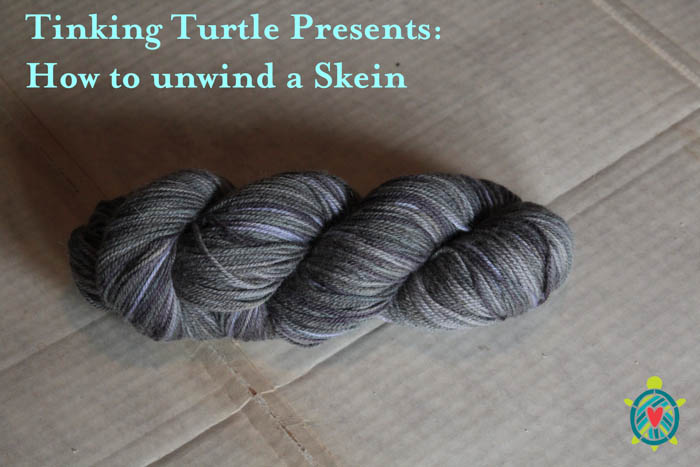
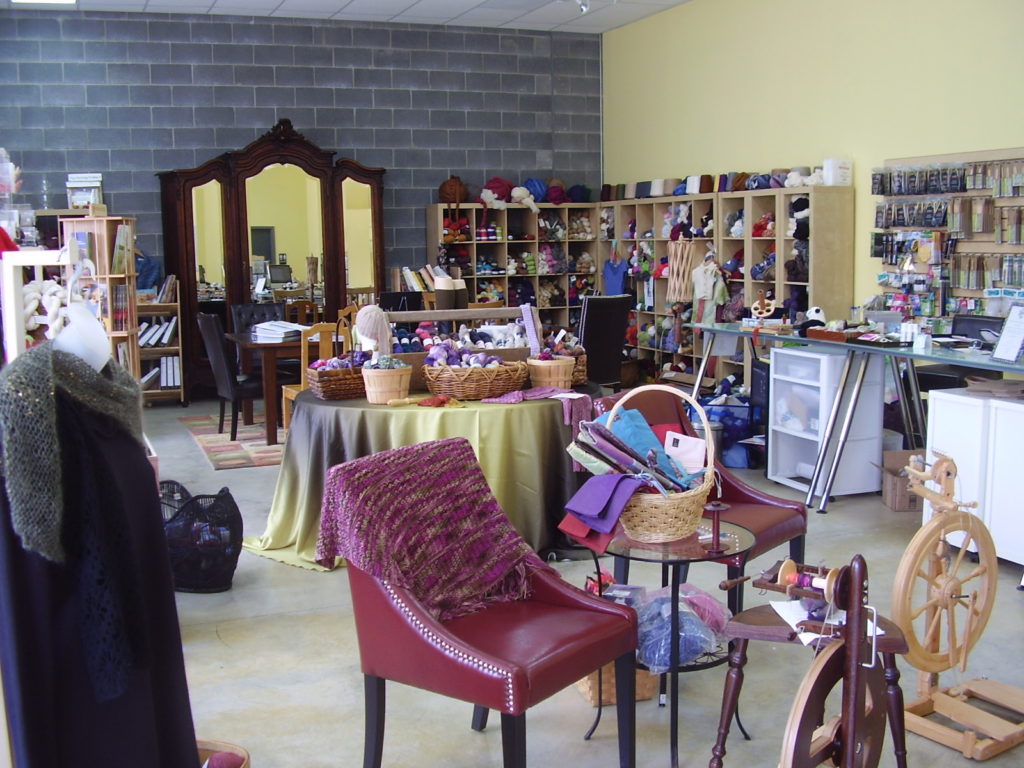
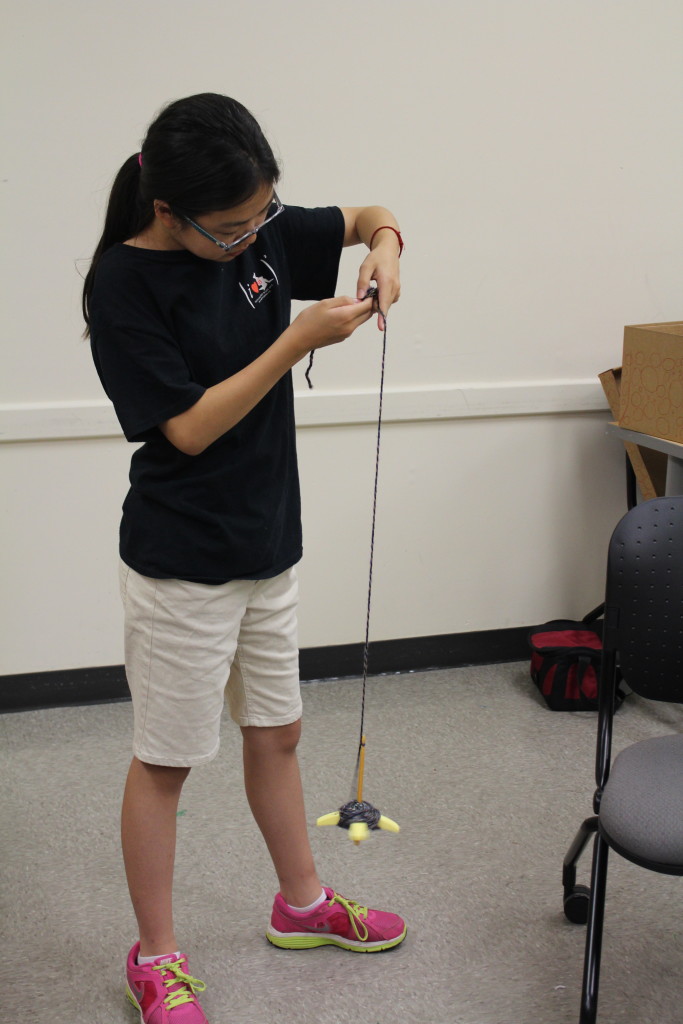



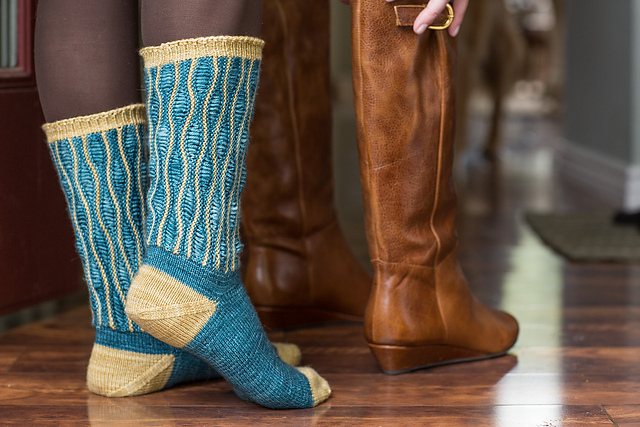
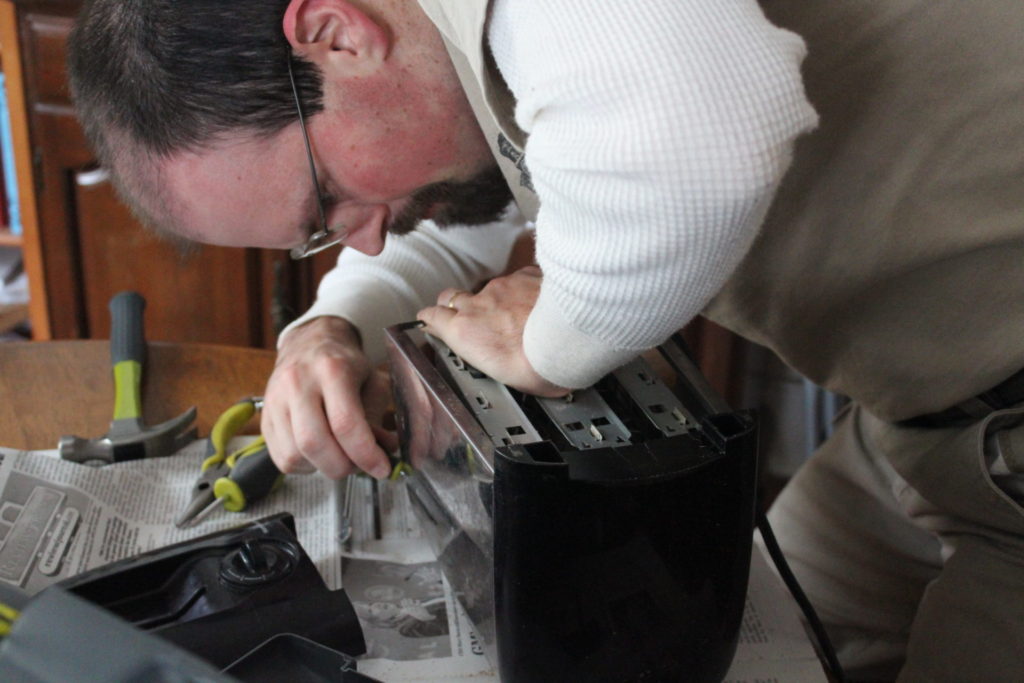
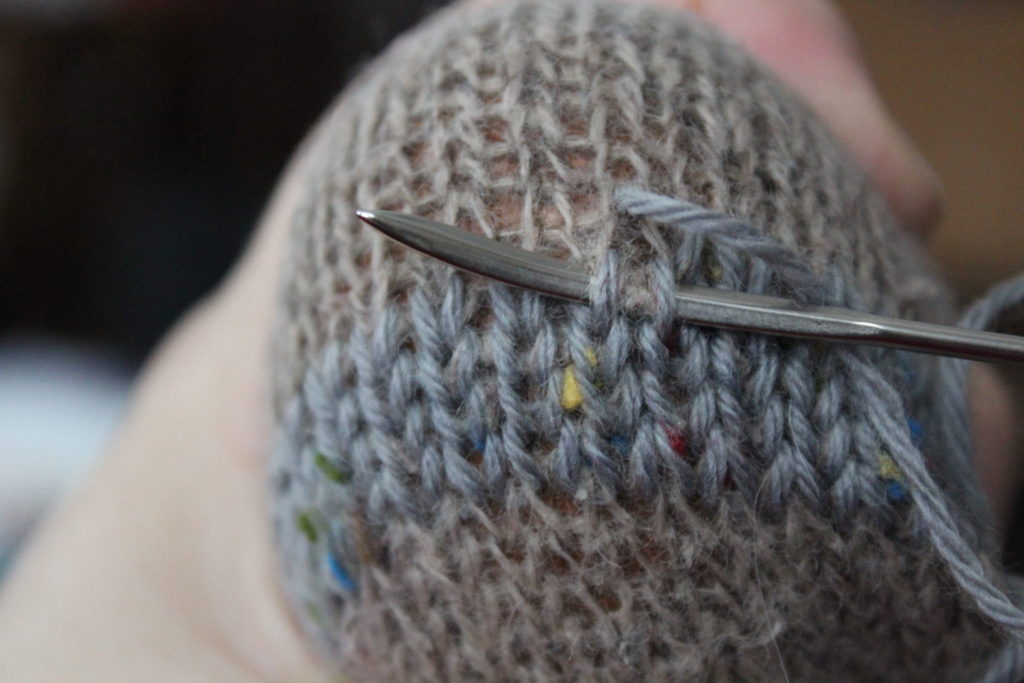
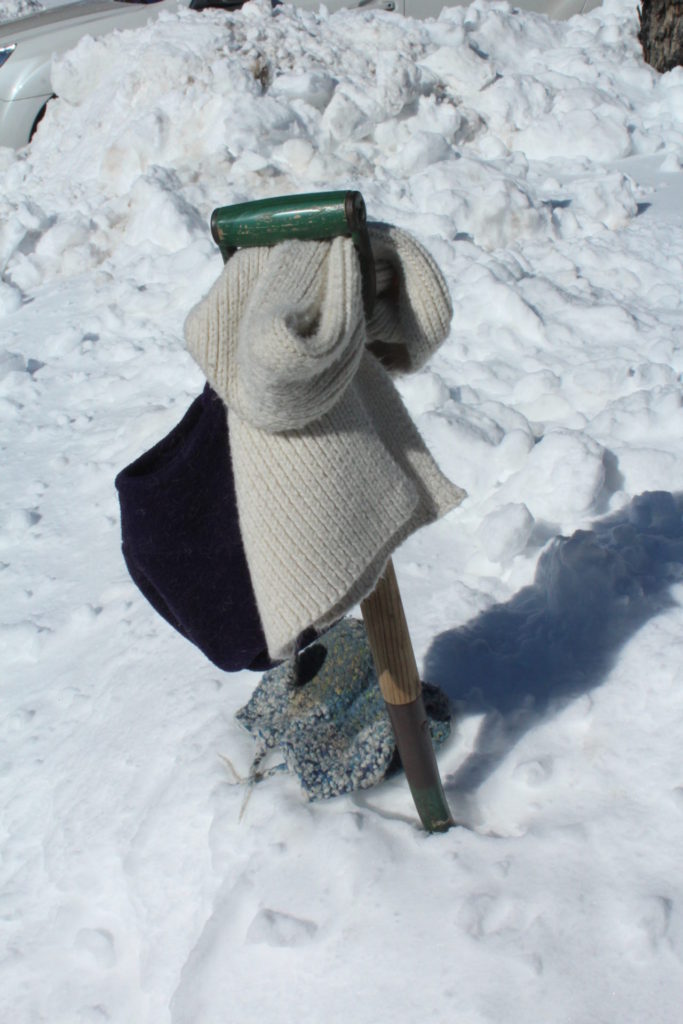
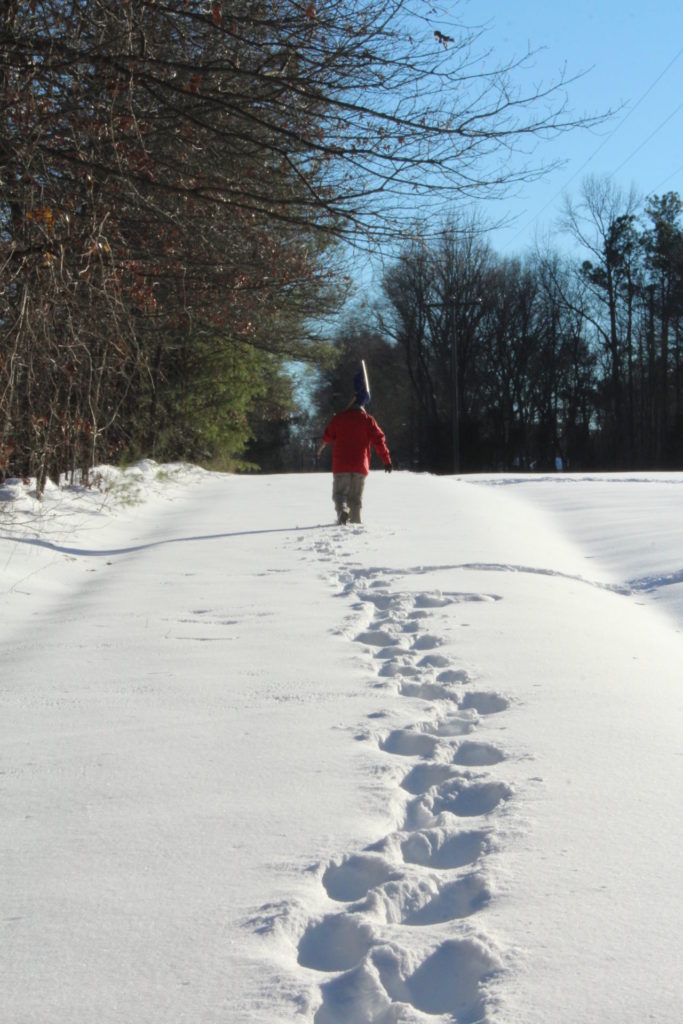
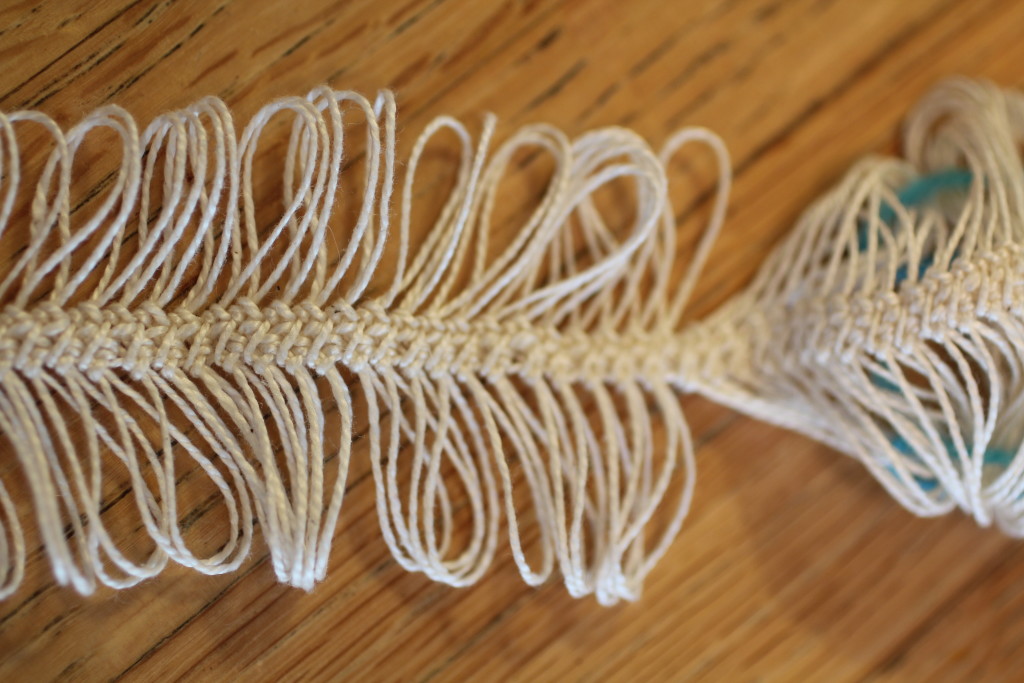
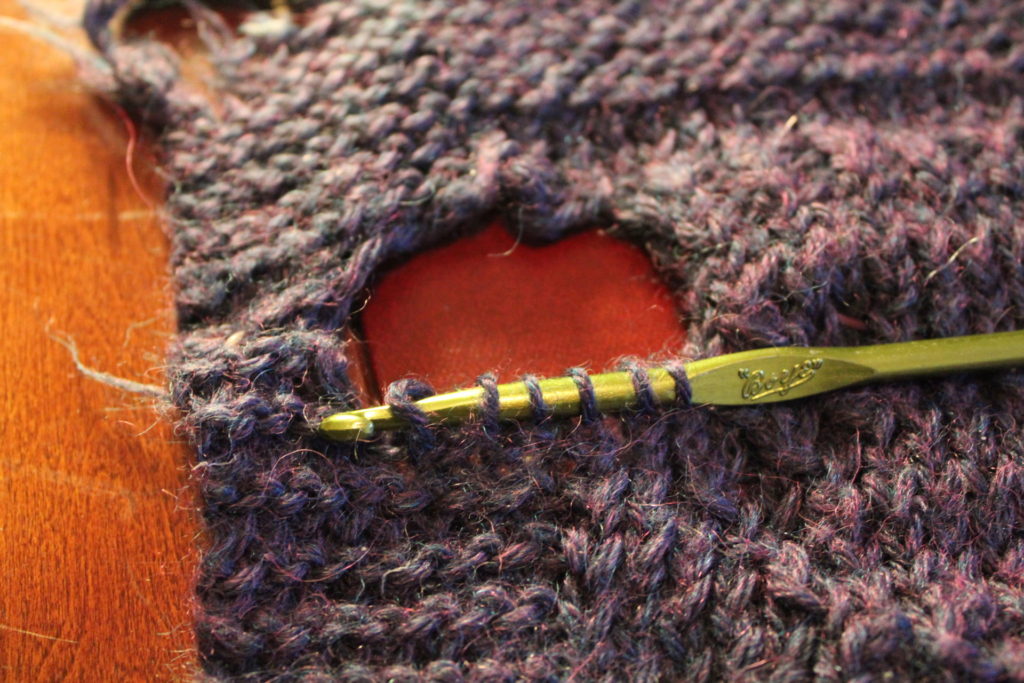
 It seems like every year that I’ve know Mr. Turtle, his family goes to Atlantic Beach over Martin Luther King Weekend. I am told, that once upon a time, the family also went in the summer time, but with adult schedules being what they are, it seems that the off-season is the time we all make it work.
It seems like every year that I’ve know Mr. Turtle, his family goes to Atlantic Beach over Martin Luther King Weekend. I am told, that once upon a time, the family also went in the summer time, but with adult schedules being what they are, it seems that the off-season is the time we all make it work.